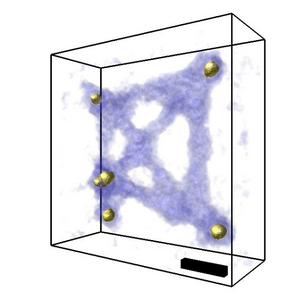
New simplified methods for imaging DNA nanostructures
DNA nanostructures can be changed and improved using different biological and chemical processes, allowing them to be used more accurately in applications such as drug delivery. As a result, imaging functional and multidimensional DNA nanomaterials is important in a range…
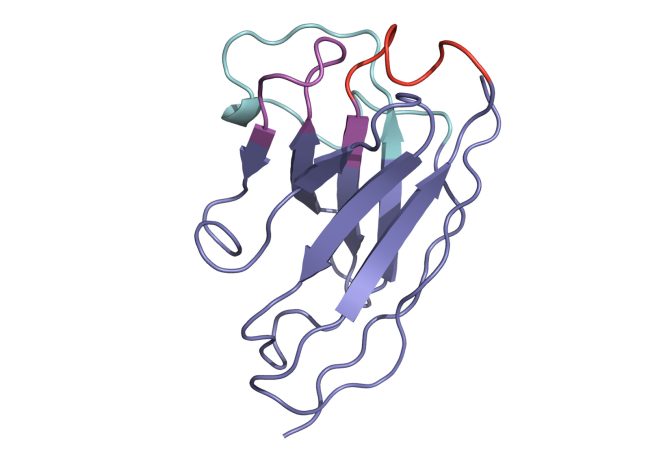
Lab-derived nanobodies move closer to being potent addition to pandemic toolkit
The rapid development of nasal sprays to treat future respiratory viruses is a ‘real possibility’ after scientists showed how to use structural insights to improve the potency of lab-derived nanobodies against Covid-19. The team had previously demonstrated that nanobodies – a…
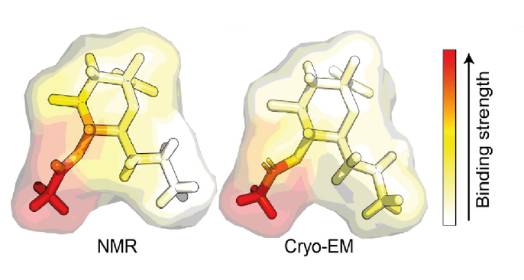
Discovery of new Covid infection mechanism offers clue to SARS-CoV-2 leap to humans
One of the best-known aspects of the Covid-19 pandemic is that the virus ‘jumped’ into people from animals – perhaps bats or pangolins – in a process known as zoonotic transfer. What hasn’t been clear to scientists is exactly how,…
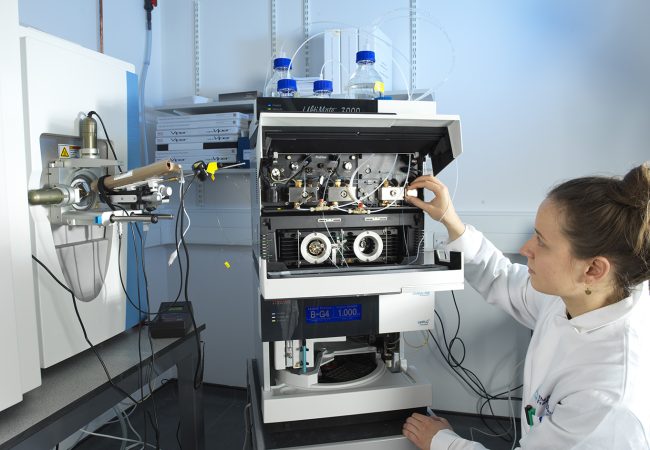
Scientists find new way of ‘chopping’ proteins chemically
A team of researchers from the Rosalind Franklin Institute and Oxford University has discovered, using cheaply available reagents, a novel and simple way of breaking down proteins by targeting a particular chemical bond. The new method appears to mimic an…
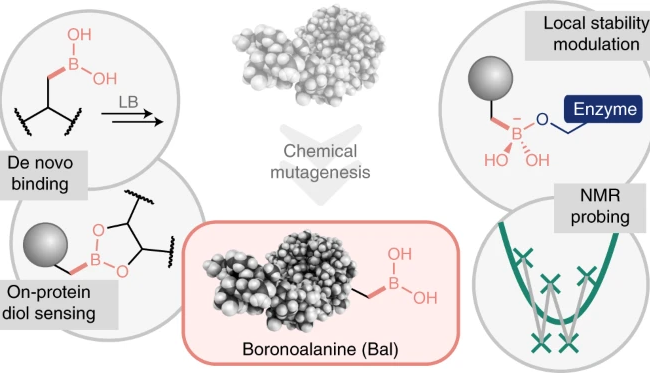
Introduction of boron to proteins could pave way for expanding biological function
A new study by scientists at the Rosalind Franklin Institute explores the role of boron in biology, revealing a host of uses for a chemical element that is little-studied in this context. While boron has long been acknowledged as a…
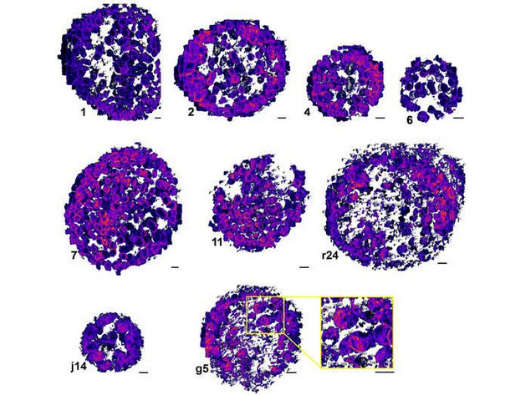
High-res imaging reveals organisational behaviour of chlamydia-causing bacteria
A powerful new imaging technique has helped researchers shed light on an important class of bacteria responsible for a range of diseases in humans and animals. Best known as the cause of a sexually transmitted infection, Chlamydiae are a diverse group of…

Researchers measure small forces inside immune cells using advanced microscopy
Scientists from the Rosalind Franklin Institute and the Kennedy Institute at the University of Oxford have, for the first time, measured the small mechanical forces generated by cells during an immune response. Using a combination of advanced microscopy techniques, the…
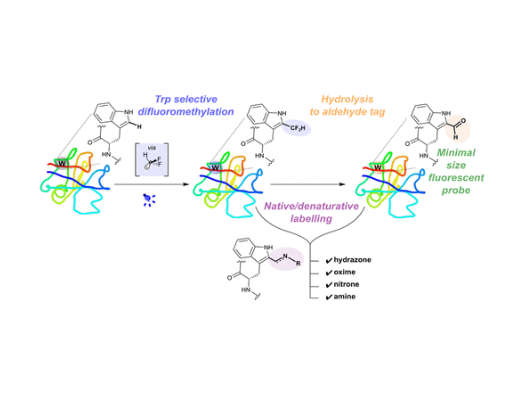
Scientists discover new two-step technique for editing proteins
Researchers at the Rosalind Franklin Institute and Oxford University have discovered a new way of making changes to proteins – a group of biomolecules responsible for a vast array of important functions in the human body. By using light as…

A new toolkit to expand the use of Cryo-EM
Franklin researchers continue to develop nanobodies, antibodies derived from camelids, as tools for stabilising biological structures to allow for higher resolution single particle electron cryomicroscopy (cryo-EM) reconstructions. The team have been working in partnership with Vlaams Instituut voor Biotechnologie (VIB),…
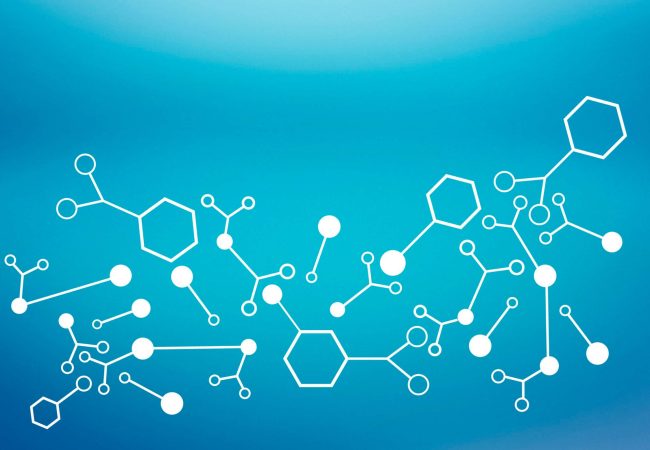
Scientists design light-activated catalysis system for use in protein editing
A team of scientists have created a light-activated system that allows new side-chains to be grafted on to proteins, paving the way for a host of applications in areas such as drug development or vaccines. This work represents a large…
